
- Introduction
- History of Illustration
- Where Do We See Illustrations?
- Famous Illustrators & Their Legendary Work
- How to Pick the Right Types of Illustrations
- Illustration Trends for 2025
- Must-Have Illustration Tools
- Illustration vs. Graphic Design: What’s the Difference?
- Different Techniques and Types of Illustration
- Illustration Techniques
- Watercolor Illustration
- Ink Illustration
- Charcoal Illustration
- Acrylic Illustration
- Pencil Illustration
- Vector Illustration
Introduction
They say words hold importance as they help deliver emotions. But have you ever seen a visual that made you laugh or feel something? This is the power of graphics. It adds an extra layer when it comes to delivering a story. We often scroll through social media posts but stick to visuals that draw our attention. This is because illustrations speak to us better than words. It makes things both easy and fun to look at. People often confuse illustrations with art. However, they are different in terms of context and purpose. We can say that illustration is a form of art, but not all art is an illustration.
Illustrations bring creativity to life. But it also brings clarity and emotions. Want to deliver a story that becomes a favorite memory? Illustrations can do this by adding depth. Brands can use illustration services as their powerful weapon. In different sectors such as advertising and publishing, illustrations communicate ideas. But that’s not all. Illustrations can also boost engagement and strengthen identity.
History of Illustration

Isn’t it crazy to even imagine a world without illustrations? They are everywhere from a book cover to movies and digital art. People before us used to paint scenarios, simple but powerful. Now, we have more structured illustrations. In the Middle Ages, people used to paint beautiful manuscripts. Renaissance took things to another level by making detailed and lifelike sketches. Do you know what happened next? We saw printing press and illustrated books everywhere.
This also shows how illustration has evolved. With the use of new tools and trends, it has helped people with storytelling. Instead of using charcoal, we have tablets and software doing the magic. It is a fit for creating exciting and fresh visuals.
Where Do We See Illustrations?
Illustrations are everywhere. They are in every sector either to deliver a story or to bring a story to life. Do you know that illustrations can boost branding as well? You can market your products by using illustration tools to make eye-catching logos and social media posts. Brands like Mailchimp and designrush are doing a wonderful job by using illustration services to deliver a memorable experience. Illustrations make interactive websites. By using illustration tools, you can add custom graphics, animation, and icons to your websites. This will help your customers to have a smooth navigation experience.
Illustrations is not limited to books and magazines. You can see them in education, advertising, and fashion. You can see illustrations on t-shirts, bags, cups, and even on sneakers. Yes! Artists use illustration services to make expressive and customized art. Overall, illustrations simplify complex ideas, enhance storytelling, boost engagement, and strengthen branding.
Famous Illustrators & Their Legendary Work
Too late to introduce the legends who made illustrations of what is today. But better late than never. It is legends like Norman Rockwell, Hayao Miyazaki, and Maurice Sendak who did exceptional wonders. They brought magic into animations that can inspire us in many ways. With heartwarming paintings of Rockwell and creative children’s books by Sendak, illustration designs took a turn. Sendak’s storybook can still bring childhood memories. These legends did not just draw but created worlds. Worlds that are nostalgic for this generation and more to come.
How to Pick the Right Types of Illustrations
There are different types of illustrations. You can choose from the list based on your audience and the kind of message you want to convey. It is not wise to choose one from the list without knowing your audience. For example, if you want a sleek look, you can choose minimal illustrations. If you want to create designs that look realistic, opt for 3D illustrations. You can also choose different types of illustration based on your industry. 3D works best for tech and fashion brands.
If you want to connect with the audience on a human level, choose hand-drawn digital designs. They work well to deliver a unique and engaging feel. Well, you can choose any style you want but always focus on consistency. Your illustration must fit your brand identity. When you remain true to your brand identity, it helps build trust. Choosing the right types of illustrations may require some effort but it makes a lasting impression on the audience.
Illustration Trends for 2025

As the digital world is evolving, there are new trends every day. In 2025, you can’t go on with the old traditional trends. Users want depth and realism in products. To fulfill their needs, the role of 3D illustrations comes into play. Furthermore, AI-powered illustrations are also pushing creative boundaries. It does not mean we will no longer see hand-drawn digital designs. They continue to exist to provide a more personal look.
Must-Have Illustration Tools
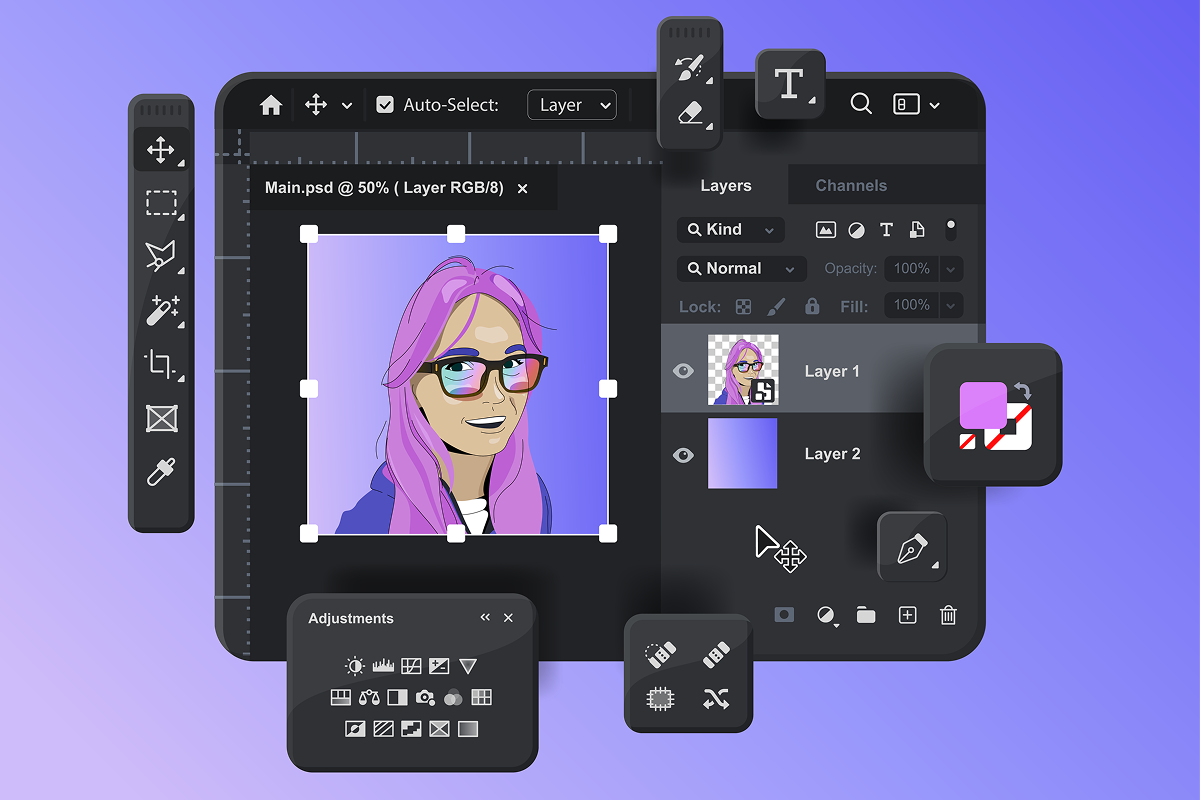
There are various illustration tools that designers, artists, and content creators can use. For example, graphic designers can use Adobe Illustrator and Figma to create logos and other branding elements. Digital artists can use Photoshop and Studio Paint to design characters and mood boards. UI/UX designers can use Sketch and Adobe XD to create icons and design appealing interfaces. Animators can use software like Blender and Toon Boom Harmony to create animated characters and other art. Developers use vector illustration tools for prototyping and other web applications. Content creators can use Canva and Visme to make infographics and other visually engaging content. There are more tools that illustrators use for better creativity, communication, and user experience.
Illustration vs. Graphic Design: What’s the Difference?
Illustration and graphic design are not the same. They have different purposes and require completely different skills. Illustrations focus on storytelling through images. They convey emotions and ideas. However, graphic design focuses on communicating messages with the use of layouts and typography. If you want to make artistic visuals for books or posters, go for illustrations. For logo and UI/UX designs, graphic design will come into play. It is key to knowing that they both go hand in hand. For example, graphic designers used illustrations in their work of something creative.
Different Techniques and Types of Illustration
To choose the right approach, you must understand the different techniques and types of Illustrations. Also, remember to keep an eye on the new web design trends to make something unique. When you are aware of the new trends, you can use illustrations to shape brand branding and marketing. In this blog, we will study the role of illustration in enhancing brand guidelines, digital design, and content engagement. This blog further discusses the different types of Illustrations that designers can use to create magic.
Click here to learn more!
Curious about the different types of graphic design?
Illustration Techniques
There are different techniques to create illustrations. Below we discuss some of the widely used methods. Each technique is famous for its exceptional work of art. Designers can explore professional illustration techniques to create visuals that are not only aesthetically pleasing but also brand-relevant.
Watercolor Illustration
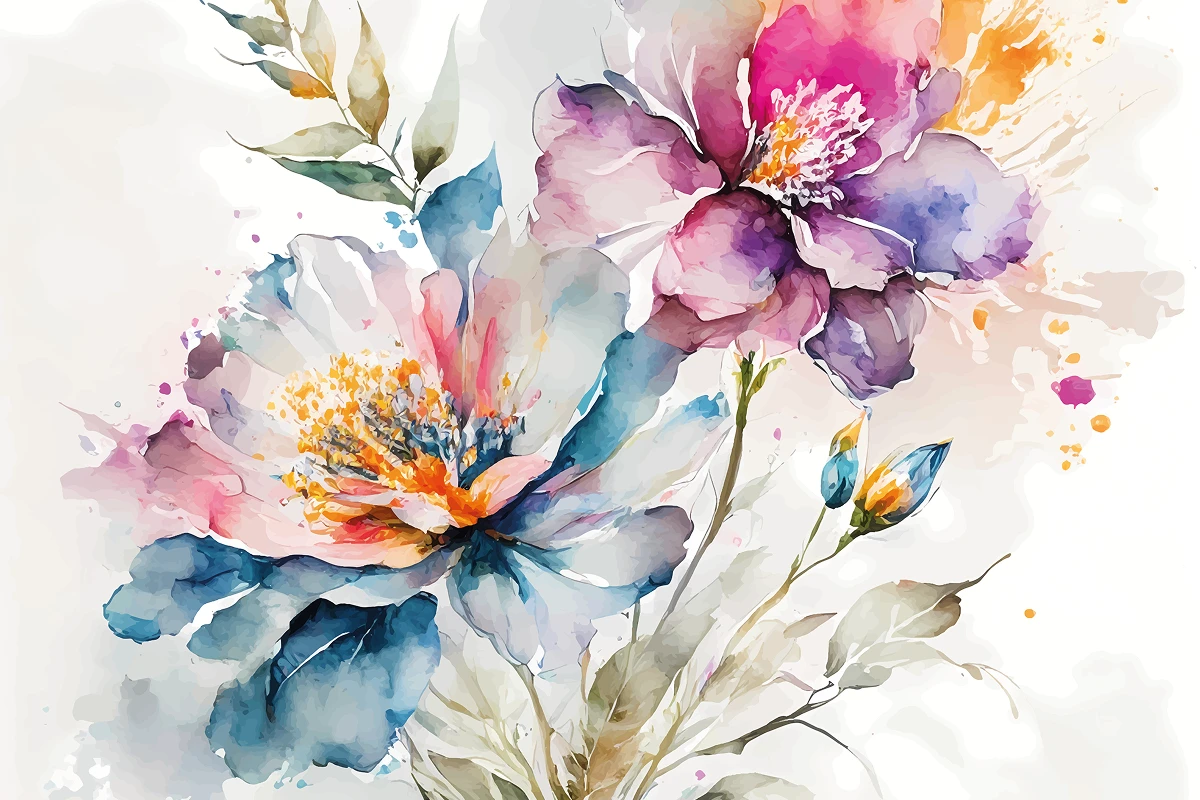
In this technique, translucent pigments are used with water to create a soft transition. This combination brings out delicate colors. For example, in children’s art books. To get a dreamy effect, artists used this kind of illustration. It allows them to create artwork full of depth and emotions.
Ink Illustration

This kind of illustration provides sharp lines and high contras. These are used in comic books, editorial work, and branding. To use this, different techniques like stippling, cross-hatching, and line drawing are used. They add texture and depth to the work. Ink illustrations can either be detailed or minimalist. It completely depends on the need of the project.
Charcoal Illustration

This style offers rich shading and dramatic contrast. It is perfect for portraits and conceptual sketches. For bold strokes and soft gradients, charcoal works wonderfully. Artists use this to smudge, erase, and blend, which results in different textures. They can create an artwork of raw and expressive quality.
Acrylic Illustration
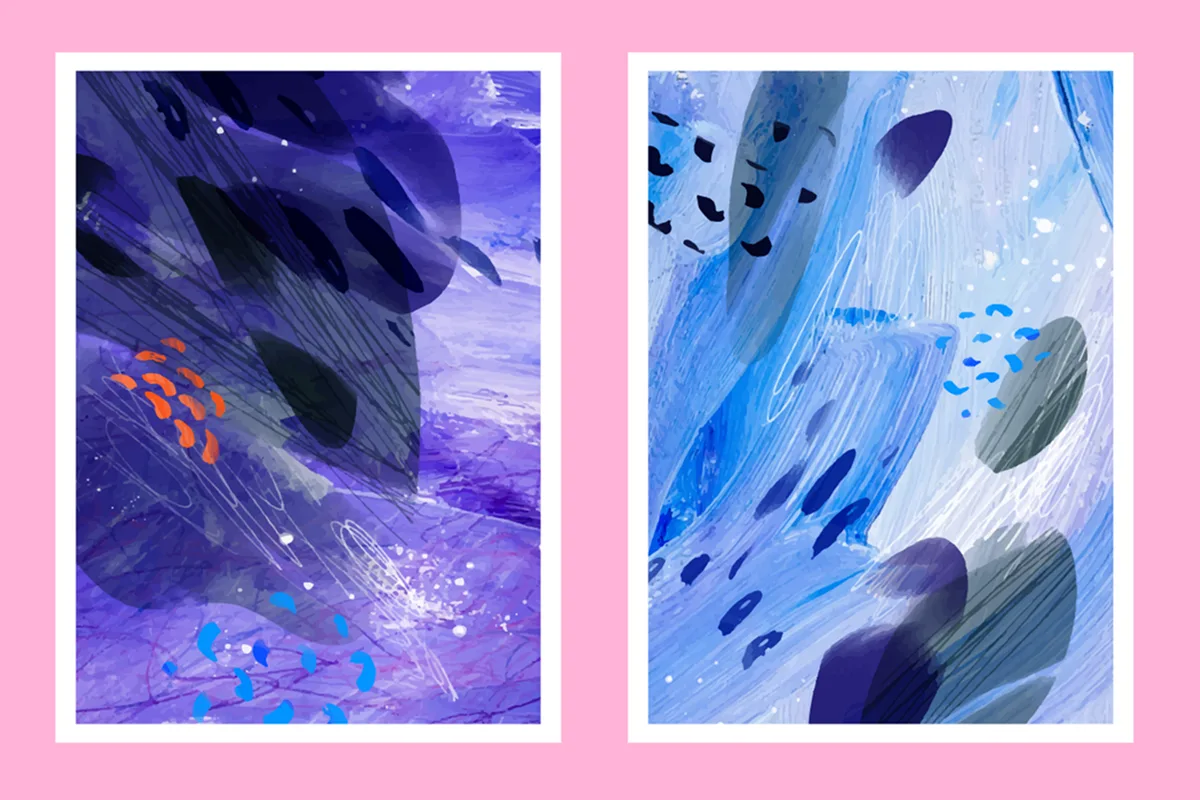
It is true that acrylic paints are vibrant. They also dry very fast. Due to these two qualities, they are ideal for expressive paintings and commercial visuals. You can also use them in thick or think of impasto strokes to create a watercolor-like effect. Working with acrylics provides versatility. This is why artists use them to experiment with texture and layering.
Pencil Illustration
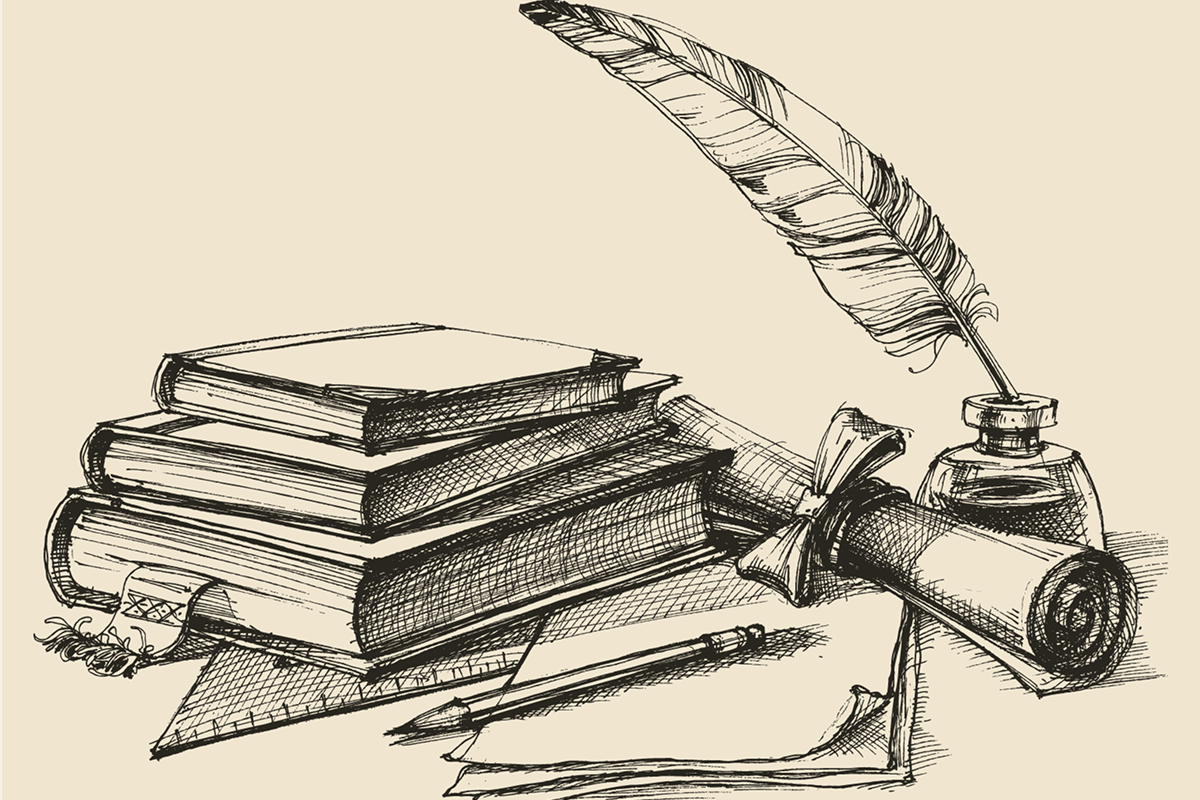
It is one of the most traditional forms of illustration. Pencil illustration is for precise shading and contouring. You can use them to create sketches, concept art, and architectural drawings. It adds detailed textures and depth. The use of pencil work can range from quick, rough sketches to highly detailed, realistic images. It depends on the demand of the project and the client’s needs.
Vector Illustration

This kind of illustration is widely used in branding and web designing. Vector illustrations create clean and scalable images. It requires exceptional skills to work with this kind of illustration as it ensures evident results. Using vector art helps deliver sharpness in any size and format. It is used in 3D animations, infographics, or even interactive visuals.
Different Types of Illustrations
This section will help you learn about the different types of Illustrations. There are several types of Illustrations and you can choose one that suits your project. To pick the right one for your project, below are some of the most popular types of Illustrations. Let’s see where they shine!
Traditional Illustration
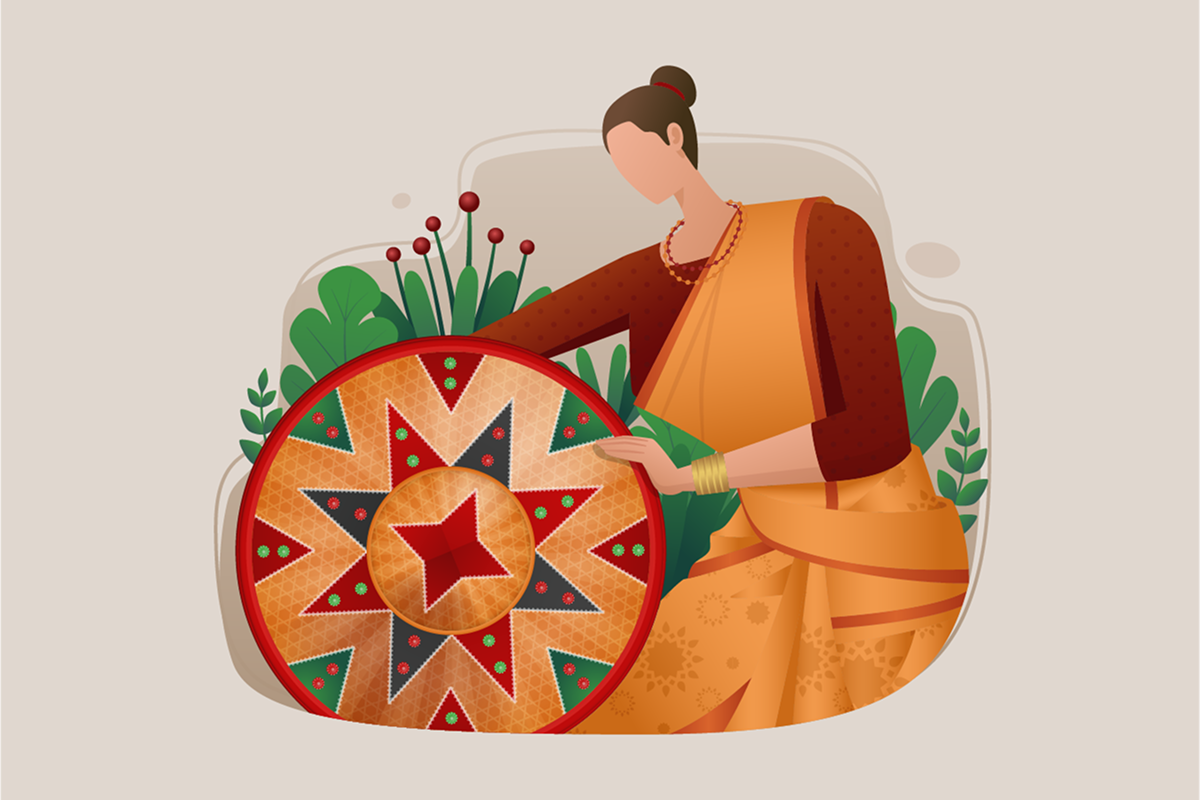
Before digital art came into play, artists used watercolor and ink together with charcoal as their main tools. Hand-drawn illustrations can create artwork with unique visual appeal. They are ideal for book covers posters and fine art prints. Traditional illustration methods are still in demand. It is because they retain their raw touch to deliver personal charm. It is the combination of stippling with cross-hatching and line drawing techniques that add texture and depth to the artwork. Whereas watercolor washes provide smooth transitions of natural colors.
Modern design applications now coexist with traditional drawing techniques. Artists make use of classic illustration methods with digital tools to achieve authentic artwork. Combining these two fulfills the need for modern designs in traditional artwork. Brands typically select traditional illustrations to create authentic artistic appeal. Vintage-inspired designs and expressive hand-drawn logos have the power to add a distinctive touch. If you are a brand that is looking to communicate authenticity, you must choose traditional illustrations.
Digital Illustration

Digital tools including Adobe Illustrator, Procreate, and Photoshop allow artists to create art effortlessly. They allow artists to gain precise control. There are adaptable features that offer artists unlimited creative freedom. For professional artists, there are various brush tools to explore. It provides the feel of oil paint and charcoal among others that mimic real-world textures. Using multiple layers, creators can assemble intricate designs without destroying their original art. Digital illustration is ideal for designing marketing and branding materials along with e-books and web pages. Designers can adjust their work with fast editing methods. It saves time and effort as they don’t need to start everything from scratch. With digital illustration, the production of high-quality visuals is easier and more enjoyable now.
Vector Illustration

It is shapes and lines defined by math that make vector illustrations. They are easily resized without losing quality. This attribute makes them perfect for logos, infographics, and digital designs. Whatever the size and format, vector illustrations remain sharp and crispy.
To create vectors, artists use path editing, shape-building, and gradient mapping. It helps refine designs. On the other hand, raster images often get blurry when resized. However, vector illustrations stay smooth and detailed at any scale. This is ideal for any business as it keeps branding consistent across different platforms. It is a top choice for branding, packaging, and corporate designs. Whether it’s a big billboard or a small logo, vector illustrations provide polished and professional outcomes.
3D Illustrations

3D illustrations add depth and realism to visuals. This attribute makes them a key trend in advertising and web design trends. To make them, software like Blender, Cinema 4D, and Autodesk Maya are used. This software is useful as it provides an immersive visual experience.
For 3D illustrations, techniques like sculpting, texture mapping, and rendering are required. They bring 3D illustrations to life. 3D illustrations are a fit for gaming, animation, and product visualization. They are for brands who want interactive content. It is a good fit for different digital marketing and branding strategies. The increasing demand for AR/VR further elevates the importance of 3D illustrations.
Flat Illustration

The flat illustration is all about minimalism and cleanness. By skipping complex shading and depth, it focuses on clean lines, bold colors, and geometric shapes. This style is everywhere. It is used in UI/UX design, infographics, and corporate branding. Flat illustrations are famous for their modern and basic look. They are fast-loading and easy to read. Also, a best fit for mobile apps, websites, and social media. To make flat illustrations, techniques like layering and shape manipulation are used. This adds depth by keeping things appealing and clutter-free.
Isometric Illustration

Isometric illustrations are famous for their structured and 3D perspective. To make these illustrations, artists use grid-based drawing techniques. It maintains proportions and angles. They are also perfect for architectural plans and instructional visuals. Isometric illustration is for companies who want to simplify complex concepts. They are also used in the educational sector to make infographics and explainer videos.
Mixed Media Illustration
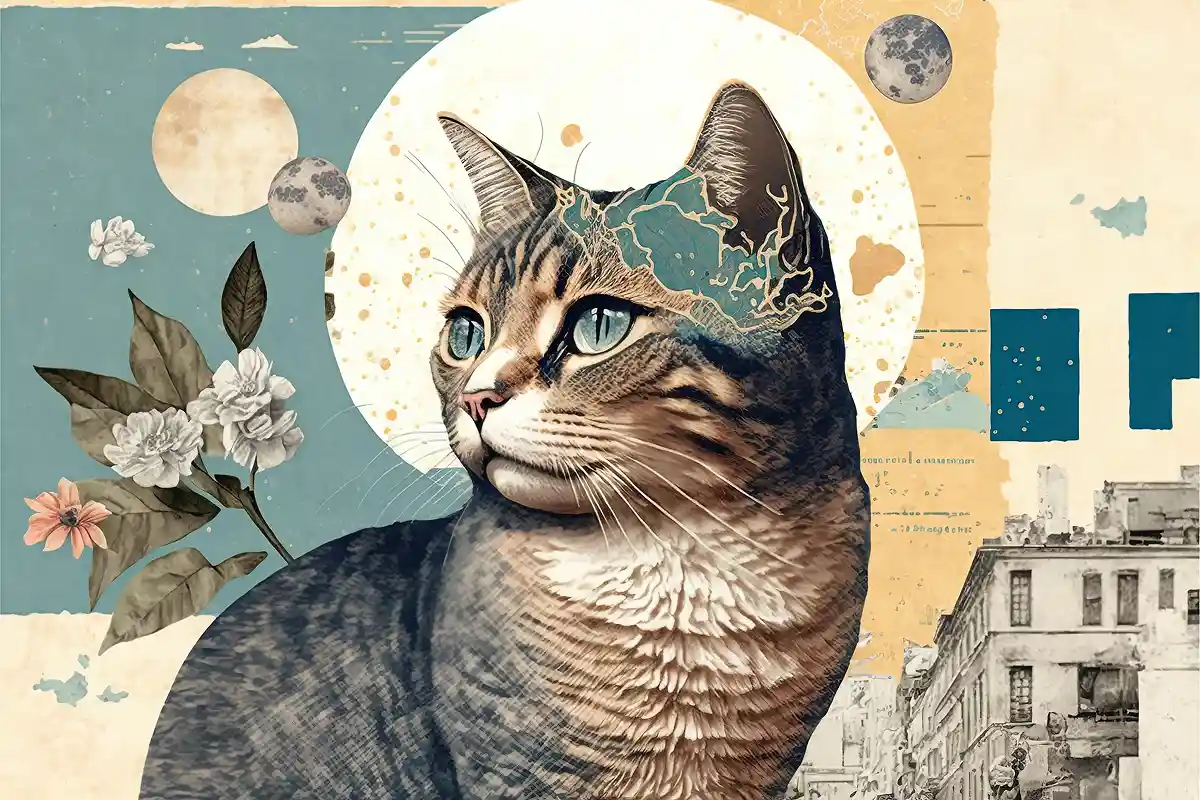
Mixed media illustration is used for its endless creativity. They are produced using traditional and digital elements. To make striking visuals, a mix of different textures, hand-drawn sketches, and digital elements are used. This style is widely used in editorial design, experimental art, and advertising. Artists blend watercolors, ink, pastels, and digital rendering to craft unique compositions. These combinations make exceptional artwork that leaves a lasting impression.
By adding different textures, this technique adds depth to visual storytelling. It induces emotion through complex details. To make these, techniques like layering textures, collaging photographs with digital art, and painted elements are used. This brings richness and dimension to the artwork. Artists used these types of illustrations to break traditional boundaries. It encourages innovation and creative exploration.
Minimalist Illustration

Minimalist illustrations are used for their simplicity and clarity. In this type, limited color palettes, negative space, and precise line work are used. It provides striking visual outcomes. Minimalist designs are used to communicate ideas clearly and effectively. This design type does not require any unnecessary details. It is for this reason they are a popular choice for modern branding.
Furthermore, they are also used in creating brand guidelines, digital publications, and mobile app design. This illustration style is a perfect example of less is more. For its clean and professional look, it is the best choice for modern audiences. Designers used this to make sleek, timeless visuals with enhanced readability and user experience.
Conclusion
Illustrations are not just visuals. They are your imaginations and words on the screen. It shapes how brands communicate with their audiences. Illustration is a whole diverse world with endless creative possibilities. There are different techniques and types of Illustrations. Selecting the right type of illustrations is very important. Whether you choose traditional sketches, digital design, or 3D illustrations, make sure your message gets across. It is also important to master the graphic design trends to make a lasting impact. But remember, mastering them also means creating visuals that resonate. Investing in high-quality illustrations enhances aesthetics. It also strengthens brand identity and engagement.
Frequently Asked Questions
There is 2D, 3D, motion design, traditional hand drawn, and vector design illustration available. You can choose one depending on your requirement. Select according to your intention–3D to have modern feel, hand-drawn to warm. Find a style that fits the vibe of your brand.
Illustration narrates, and graphic design shapes information. Both can help to improve visuals, yet illustrations provide emotion and creativity.
In 2025, the trends in illustration gaining popularity include use of bold and striking colors, 3D illustrations, and mix use of media. Nostalgic and organic styles are also being adopted by brands. Exclusive art can make your images feel new and intimate.
The tools are available for you to choose depending on your requirement. For example, illustrators use Photoshop, Procreate as well as Adobe Illustrator. The one you want to choose totally depends on the kind of project you are working on. For example, if you want sharp lines, go for vector tools and if you want a paint like effects, choose digital brushes. Comfort matters the most.
You can create illustrations in your social media posts, videos, Web page, and even on your packaging to tell your story to the world. The style of illustration should be consistent to boost brand awareness. It is strategy behind art. It is strategy behind art.
